Category: ww2 warships
Chitose class light fleet aircraft carriers (1940-43)
Imperial Japanese Navy, 1936-44. IJN Chitose, IJN chiyoda Convertible seaplane tenders with a short career The Chitose class were started…
HSwMS Gotland (1933)
Seaplane carrier hybrid light cruiser The singular HSwMS Gotland was designed during the interwar as a jack of all trades,…
HMS Argus (1917)
Fleet (later Training) Aircraft Carrier United Kingdom (1914-1944) Forty years of career and two wars To the exception of HMS…
IJN Taihō (1943)
Imperial Japanese Navy, Fleet Armoured Aircraft Carrier 1941-44. The Imperial Japanese Navy Taihō was a modern Fleet Aircraft Carrier designed…
Hiyō class fleet aircraft carriers (1941)
Japan, 1938-45: IJN Jun’yō, Hiyō The first IJN converted liners Jun’yō (隼鷹, “Peregrine Falcon”) and Hiyō (飛鷹, “Flying Hawk”) were…
N3 (St Andrews) class Battleships (1918)
United Kingdom (1918-1922) -Unbuilt. The first true British “hyper-dreadnoughts” Comparison G3/N3 The term “super-dreadnought” was already coined when the Orion…
Dornier Leichte Schnellboote (1942)
Leichte Schnellboote Germany (1942-45) – About 27 LS boats 1936-1945 Genesis of the “light fast (T)boats” The German Leichte Schnellboote…
Light Aircraft Carrier IJN Ryūhō (1933)
Japan, 1933-45. IJN Ryūhō was one of the five converted light fleet aircraft carriers of the Imperial Japanese Navy (alongside…
Type XIV “Milchkühe” U-Boats (1941)
Type XIV “Milchkühe” U-Boats, Hitler’s Milk Cows Germany (1941-42): 10 U-boats Maintaining Wolf Packs at sea One aspect of the…
Zuihō class light fleet aircraft carriers (1940)
Japan, 1937-44. Zuihō (瑞鳳), Shōhō (祥鳳) The double life of the Zuihō pair Digitally colorized photo of IJN Shoho in…

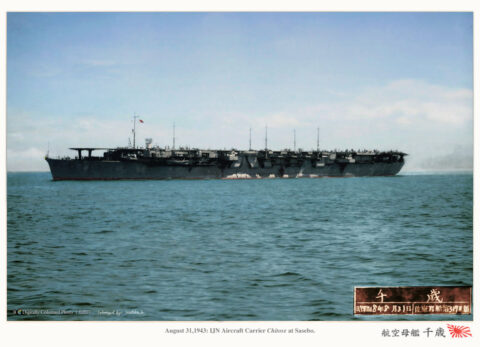
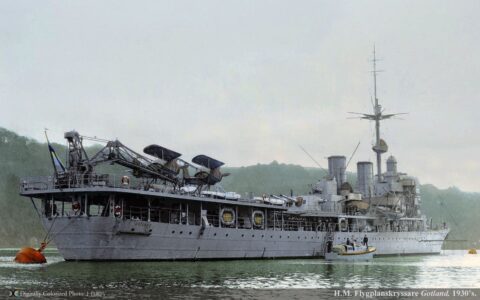

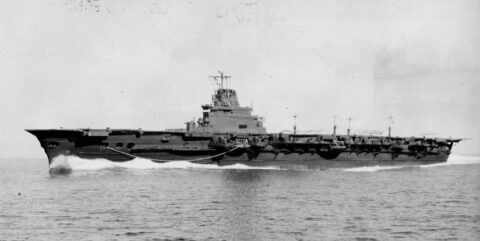
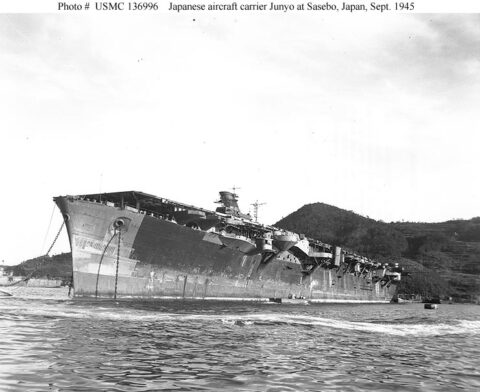


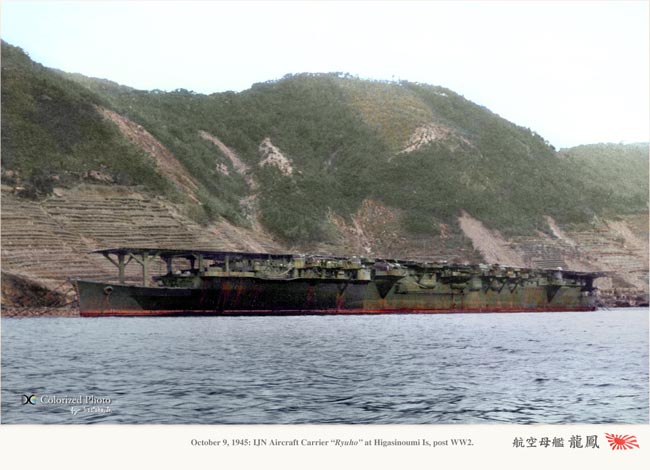


 dbodesign
dbodesign